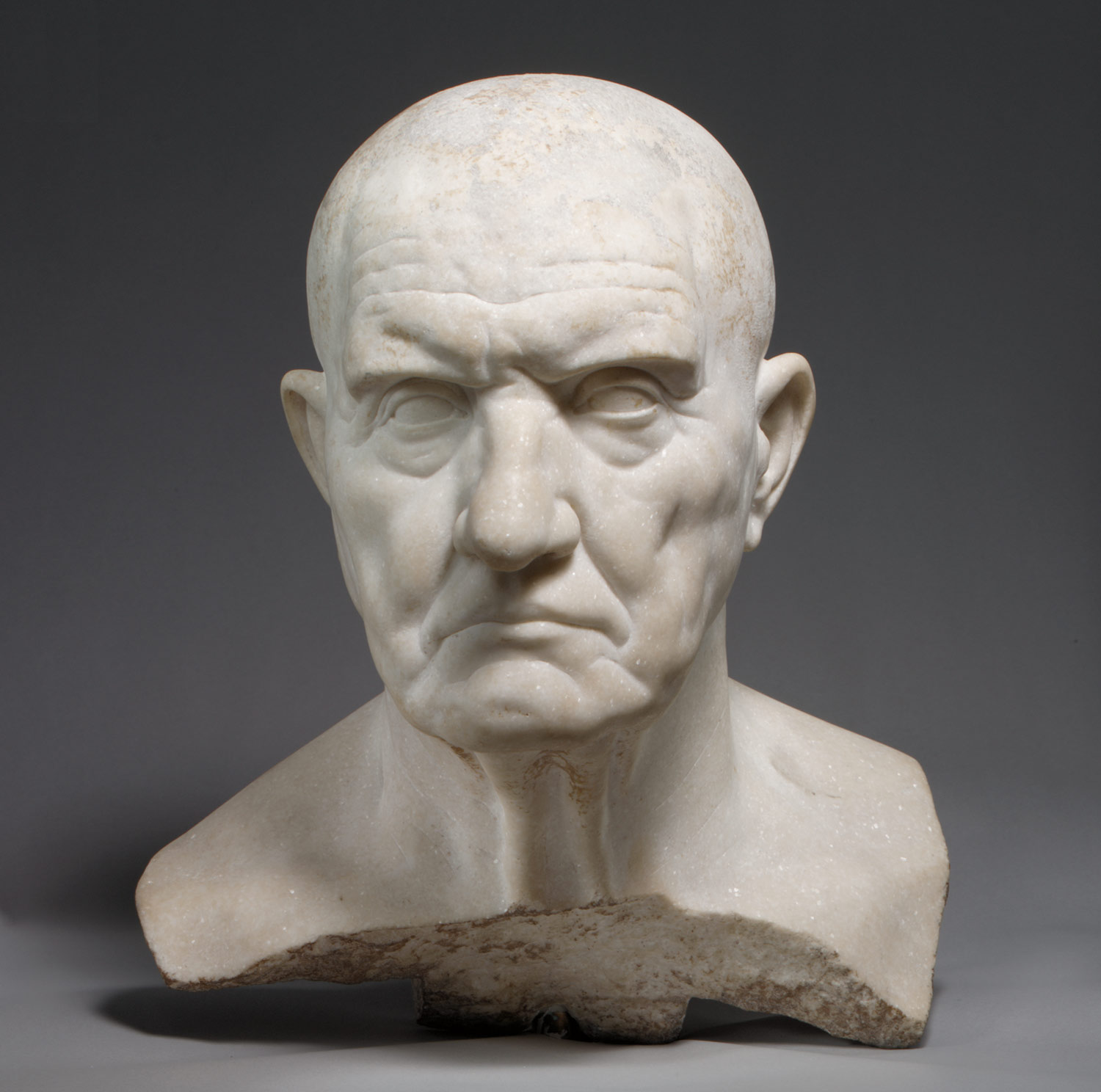This week we discussed the relationship between medicine and
art. The premise this week was that art and medicine have been intertwined
throughout history. This would fall in line with the ideas I brought up in my
previous blogs on “Math and Art” and “Two Cultures”. However, as I listened to
the lectures, I did not come away convinced that medicine and art have always
been intertwined. Professor Vesna brings up examples such as the Greek fascination
with the human body. She also brought up Egyptians and their fascination with
medicine, which we know from their papyrus scrolls (Ancient Egyptian Medicine).
Below are examples of Greek art.
I believe that Professor Vesna was trying to show us that the study of the human body has an influence on art itself. This is evident, especially in Greek Art as the depiction of the human body becomes more and more accurate as they studied the human body (Sculpture in Ancient Greece).
While I agree with the premise that the study of the human
has improved how we depict humans in art, I don’t think that this necessary
correlates medicine and art. Medicine, as defined by Oxford dictionaries, is “the science or practice of the diagnosis, treatment,
and prevention of disease (in technical use often taken to exclude surgery)”
(Oxford Dictionaries). I would argue more that Prof Vesna has convinced me that
science and art has been intertwined throughout history. Ancient cultures
utilized the study of physiology for their art, not the practice of diagnosing
sickness or anything of that sort.
However, I still agree that
medicine and medical technology has affected art, but only within the past
couple of centuries. A personal favorite of mine is embodied by the man below.
I personally met Gunther von Hagens, creator of Body Worlds, at a American Association of Clinical Anatomists conference this summer. During this time, we got to discuss Body Worlds. He was excited to see the excitement and controversy regarding his exhibitions (Stuart Jeffries). I consider Hagens' work art since it sends a message and commentates on political and social issues (Scott and Dragoo). It also is a work of beauty and to get exhibitions in such a state takes years of work, a process only anatomists can appreciate.
While I agree that medicine and medical technologies have allowed a new medium through which artists can utilize today, I do not believe this was always the case throughout history. Up until about 20th century, I would argue that science (physiology and anatomy in particular) played a much larger role in human body depictions in art than any medical technologies.
Sources
"Ancient
Egyptian Medicine." Ancient Egyptian Medicine. History Learning Site, 2000. Web. 28 Oct. 2013.
"Sculpture and Art in Ancient Greece." Ancient Greece. University Press Inc, 2003. Web. 28 Oct. 2013.
"Definition of Medicine in English." Medicine: Definition of Medicine in Oxford Dictionary. Oxford Dictionaries, n.d. Web. 28 Oct. 2013.
Jeffries, Stuart. "The Naked and the Dead." The Guardian. Guardian News and Media Limited or Its Affiliated Companies, 18 Mar. 2013. Web. 28 Oct. 2013.
Scott,
Kristi N., and M. Heather Dragoo. "The Baroque Body: A Social Commentary
on the Role of Body Modification in Scott Westerfeld’s Uglies Trilogy." Daniel
Riha (2010): 51.
















.JPG)











